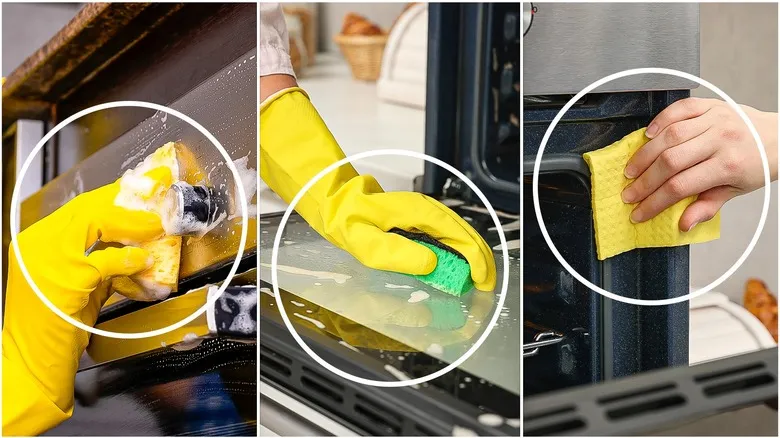Assessing the safety of homogenized and non-homogenized milk

Homogenization improves the visual attractiveness of milk and makes it more user-friendly. Likewise, homogenized milk is simpler to cook with and has a longer shelf life compared to its cream-top version. But how safe is the homogenization process? The industrial dairy industry can often lack transparency, making it difficult to understand and raising legitimate concerns about dairy product safety. However, it's important to note that homogenization is not a chemical process and does not involve any added ingredients. It is accomplished by forcing milk through small nozzles at high pressure, which breaks down fat molecules into tiny particles that evenly mix with the non-fat portion of the milk, preventing the cream from separating. In summary, homogenized milk is completely safe to consume, which is why it is the predominant type of milk sold in the United States today.
While it may be harder to find, non-homogenized milk is also safe to drink, provided you don't mind shaking it before use. Non-homogenized milk is distinct from raw or unpasteurized milk, which can harbor harmful bacteria and pathogens that may lead to serious health issues. The question of whether non-homogenized milk tastes better is a matter of personal preference. Many people assert that it offers a richer and more robust flavor compared to homogenized milk. You might find non-homogenized milk at specialty grocery stores and farmers' markets. Regardless, both non-homogenized and homogenized milk are safe for drinking and cooking, so feel free to choose based on your preference.
Recommended

The Science Behind How Baking Soda Works In Recipes

Don't Expect Real Whole Eggs At These Popular Coffee Chains

8 Spots In Your Oven You're Forgetting To Clean

What Types Of Peppers Usually Go Into Traditional Birria?
Next up

